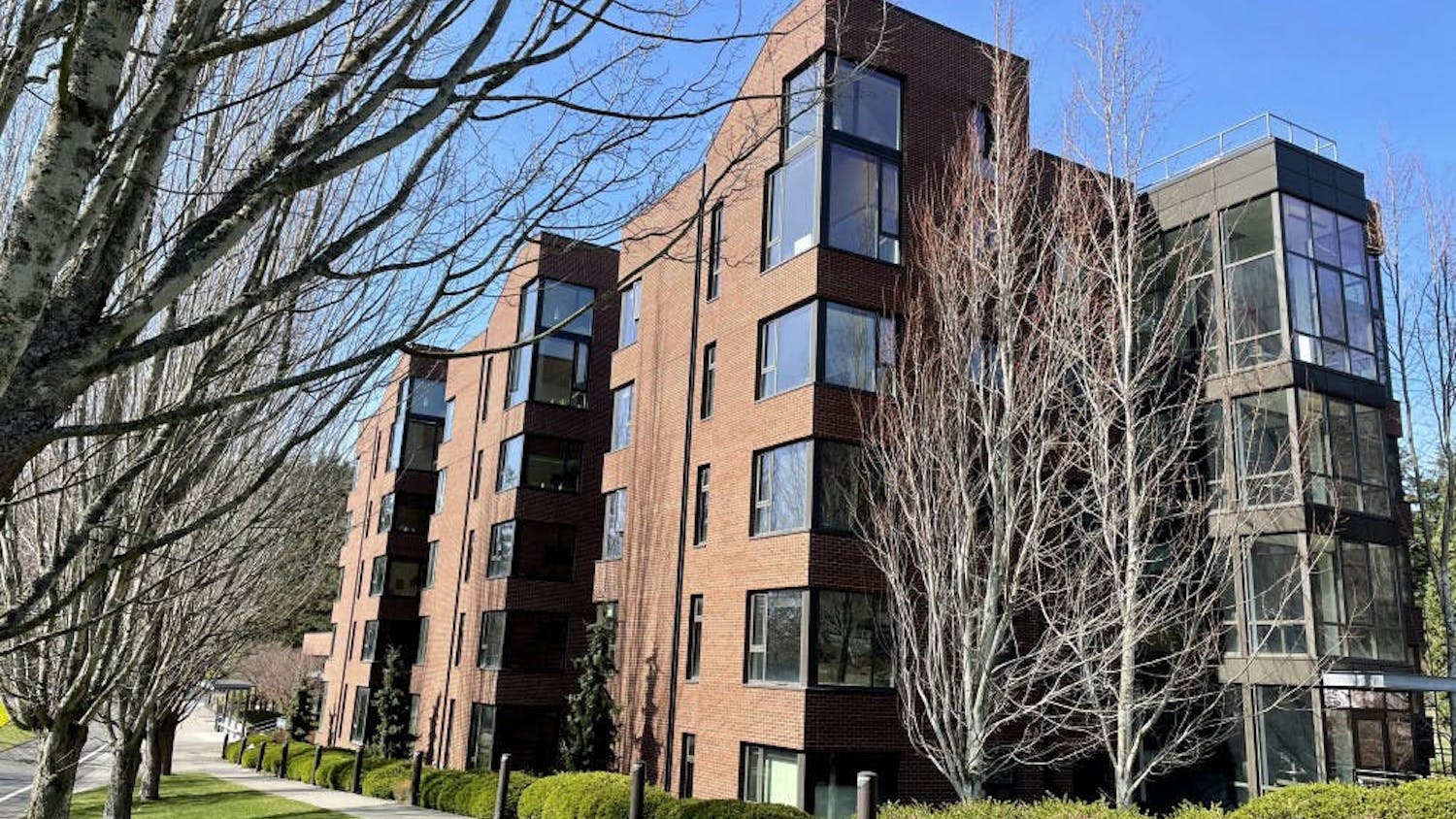Western Washington University’s Board of Trustees approved a 2.8% increase in tuition for all students for the 2021-22 school year on June 11, 2021.
Resident undergraduates make up approximately 84.1% of Western students. For these students, the 2.8% increase means a $188 increase in annual tuition costs. Similarly, nonresident undergraduates will have to pay an additional $657 annually as a result of the 2.8% increase.
Students will also have their Services and Activities Fee increased by $2.40 per quarter, a 1.07% increase from the year prior. The S&A Fee “helps support many services, programs, and activities across Western that benefit the entire campus community.” Students taking less than 10 credits will have this fee allocated per credit. All other mandatory student fees will remain unchanged, meaning that yearly mandatory fees will have increased by 0.4% since 2020-21 rates.
Faye Gallant, Western’s executive director of Budget and Financial Planning, said Western had plans for a 5% increase in tuition per year for graduate students and nonresident undergraduates prior to the pandemic. Instead, Gallant said the board approved a 2.8% increase for all student categories due to the impact the pandemic had on graduates and nonresident undergraduate students.

Western Washington University’s 2021-22 approved operating and capital building fees for each student type. Data from “Budget and Related Matters” PDF submitted to the Board of Trustees. // Screenshot by Jasper Summy
Tuition fees are composed of an operating fee, as well as a capital building fee, both of which are being raised by 2.8% next year. These combined fees are commonly referred to as “tuition” and are separate from mandatory student fees, which includes the S&A Fee. Tuition fees have been growing since the 2017-18 school year.
“In the great recession, state funding for, especially the four-year institutions, was slashed,” said Marc Webster, director of external affairs for the Washington Student Achievement Council.
Webster said these cuts to state funding were made up for by large tuition increases.
Annual tuition alone at Western for resident undergraduates was $4,890 during the 2009-10 academic year, shortly after the Great Recession. By the 2012-2013 school year, tuition had peaked to $7,503.
Through the Higher Education Opportunity Act passed in 2011, four-year institutions were given the ability to set tuition on resident undergraduates themselves until the 2014-15 school year.
The College Affordability Program passed in 2015, reducing tuition in public higher education and creating a new tuition policy putting a cap on how fast tuition could grow thereafter. The cap on tuition increases is based on the average annual growth in Washington's median hourly wage from the previous 14 years, as determined by the Bureau of Labor Statistics. Western’s operating fee would fall by 5% and 15% during the 2015-16 and 2016-17 academic years respectively.
For many Western students, the increase isn’t exactly welcome.
“People were still complaining about the high tuition rates when [COVID-19] was here,” said Derek Spani, a fourth-year history major. “It just seems that it shouldn’t be raised because they got more money than they probably needed during [COVID-19] and lockdown.”
Mani Strempler, a second-year human services major at Western, said that he hopes Western students will have additional benefits, such as more student jobs as a result of the tuition and fee increase.
“College students especially just struggle with tuition in general,” Strempler said. “So doing this will just make it worse for students who are struggling already.”
Students can review the finalized tuition and fees rates for the 2021-22 academic year on the Student Business Office’s website.
Jasper Summy is a senior majoring in Business Administration with concentrations in both operations management and finance, as well as a minor in public relations. He covers administrative decisions at WWU for The Front’s news team. He can be contacted at jaspersummy.thefront@gmail.com.





